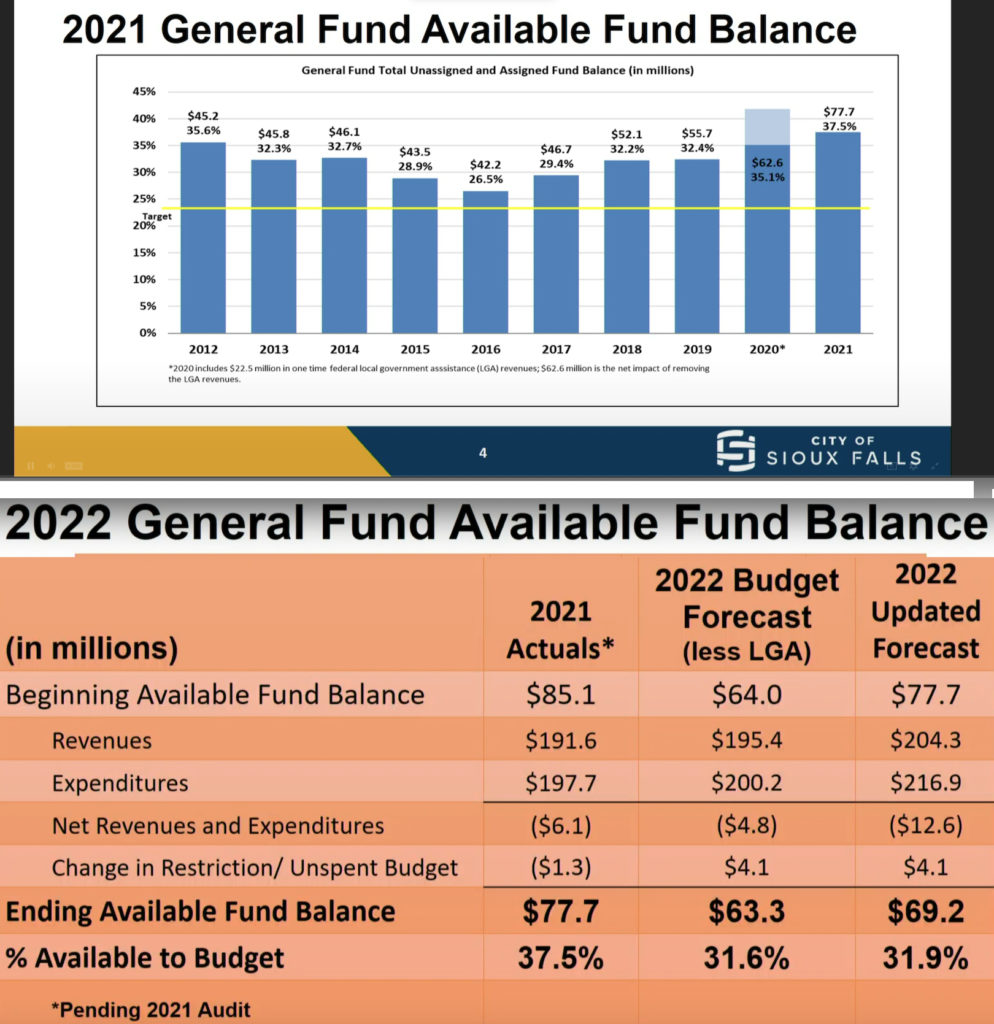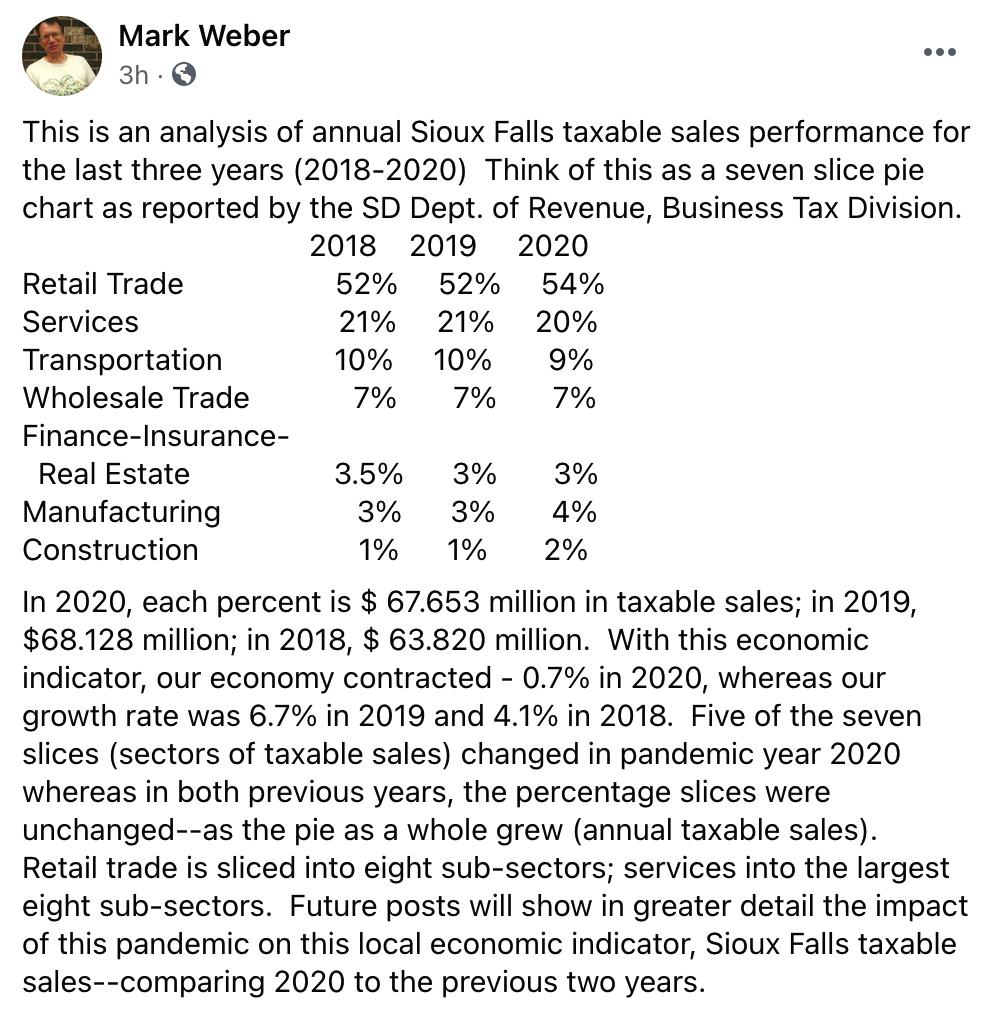When I say this, I’m NOT talking about lives. No matter someone’s age, every life matters in this crisis.
I am talking about certain businesses that will ultimately close, and that’s not such a bad thing. I do however feel bad for the people who will lose their jobs permanently due to bad business planning.
The first victims will be small, privately owned restaurants and bars. I will miss a handful of them, but for the most part, some of them I will not. I have often argued that Sioux Falls has 700 restaurants yet not a decent place to eat. Some of these places will not be missed.
The second victims will be small franchise restaurants. A lot of them will close due to national sales and little to do with what is going on locally. Good riddance.
The third victims will be privately owned clothing boutiques, gift shops, etc. Or as I call them, rich doctor’s wives hobby businesses, I know that is not completely accurate, but a lot of them will not be missed either.
I have a feeling that many small telephone booth casinos will close to. Thank GOD! I wish they would all close.
Further down the road many of these smaller, privately owned car dealerships will shut down as the economy begins to spiral out of control. Also will not be missed. When I was looking for a used car a few months ago, I was amazed at all of the crooked crap they tried to pull over on you. I ended up purchasing a car from a trusted, local, larger dealership.
Many realtors will be also out of work when the housing market begins to go sour. This one is hard to predict though, because it could go in the opposite direction with rock bottom interest rates. This sector will be interesting to watch.
Small landlords will also be going bankrupt when renters can’t pay, and they can’t find tenants. This is sad, because they supply housing to many lower income folks, their options will dry up. Affordable housing will go straight out the window. This may have some positive results with the city looking at rent control legislation.
You may see some small national retailers close and some smaller grocery franchises.
I also suspect some major manufacturers will have some big layoffs or closures. Many have already started including a certain ‘ag’ business and a certain ‘energy’ company.
The good part of all this, thrift stores will be booming, I love thrift stores. I rarely buy anything new unless it is a tomato or apple. LOL. But it may be slim pickings for me 🙁
As I told someone last night, once the virus ends, the real sickness comes, the bottom dropping out of our economy locally and nationally. I am hoping we can recover quickly, I really do, but I also remember what 2008’s recovery was like, I still think some sectors are still in recovery from it. I compare this virus to getting a broken leg, it only takes a split second, but the recovery takes a lot longer. Don’t believe what the POTUS says, we won’t bounce back from this in a couple of months.
It’s going to be a rough couple of years. Enjoy the time you may be spending at home, use this time as I have to self reflect on what is important in your life. More and more the answer to me has been very simple; Friends. I miss them more than even Big Macs.


